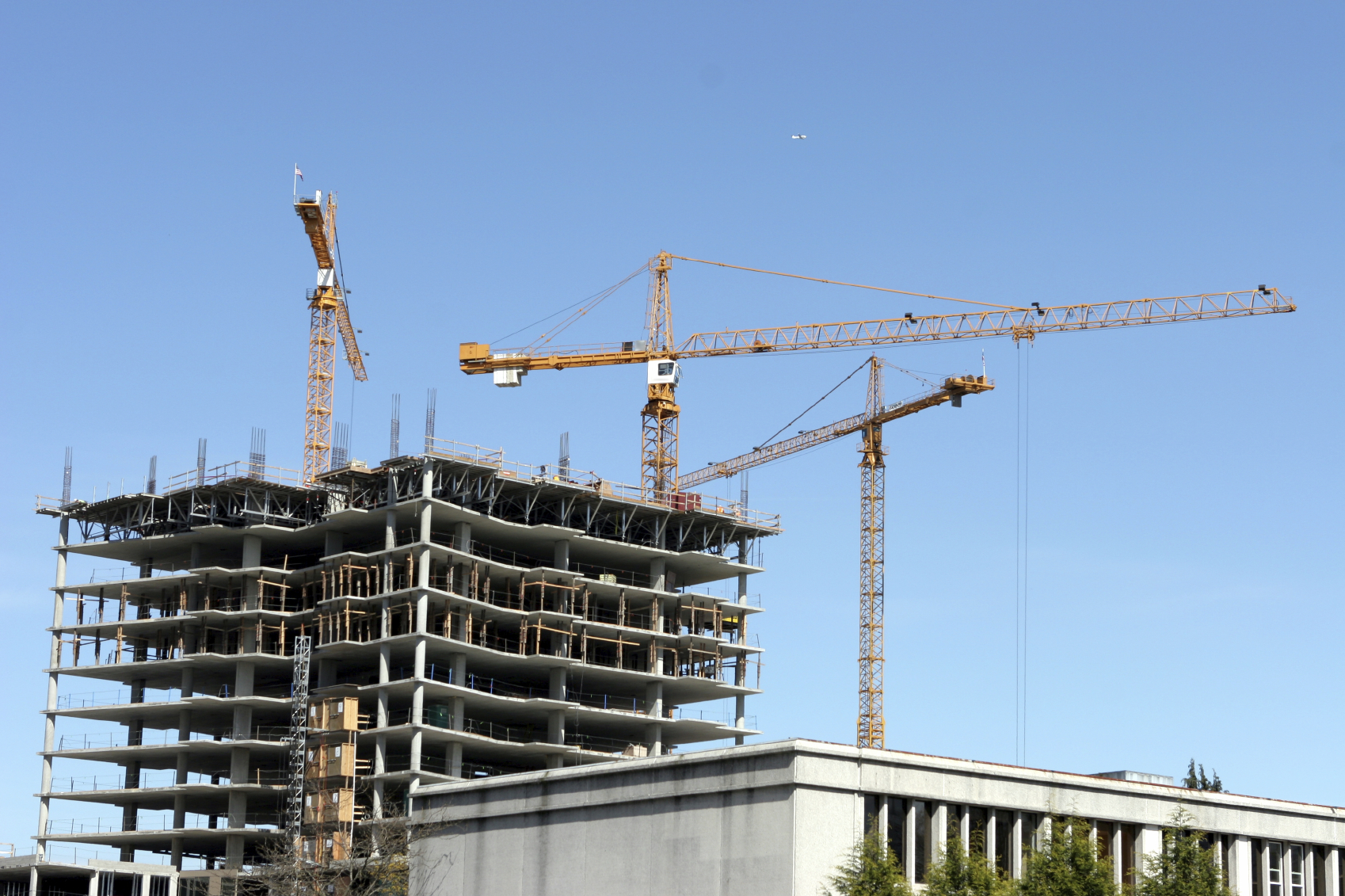
What’s the big idea?
We currently get our fair share of requests for LEED EB facilitation, but nowhere near the number we get for new construction. That seems to jive with the number of publically certified projects – there are approximately four LEED for New Construction (NC) projects for every one LEED for Existing Buildings (EB) project. However, the number of existing buildings vastly exceeds the number of new buildings built every year.
It seems to me that LEED NC is the high-school star quarterback, while LEED EB is the quiet kid on the math team. Oh man, it is great being the star quarterback – well, until reality sets in a few years later. That math geek really is the one who has it good; we just don’t realize it yet.
Diamond in the Rough
Don’t get me wrong. LEED NC is a great program which pushes the construction market in a good direction. But many of its benefits are relatively short term. Yes, getting low VOC paints is good for occupant health, but who cares about that when the cleaning crew comes in and covers everything with a light coat of bleach every night. (“It’s not clean until we’ve covered it with chemicals!” HUH?)
As an energy firm, we see energy as a top priority. Unfortunately, there’s very little accountability with LEED NC – they require you to “share” energy records for 5 years. However, LEED EB says the proof is in the pudding, and rightly so. To get the points, your building needs to be performing at a higher level than your competitors.
This all seems strange to me, to say the least. A LEED EB building is actually saving their owners cash on their energy bills. A LEED NC project will hopefully save the owners on their energy bills. Why is everyone climbing on board the good-intentions train and ignoring the train that’s shipping piles of cash from coast to coast?
What’s going on?
Proportions and percentages play tricks on our decision making processes. We’ll drive halfway across town to buy the $90 blue ray player rather than the $100 full price version that’s sitting in the store window next door. That’s 10% off! But if we’re buying a new HDTV for $2,000, we don’t bat an eye to throw in a $50 cable that we could get next door for $10. The 2% savings seem trivial, despite being 400% of the savings we would drive across town for!
When it comes to building a new building, building owners have large budgets, so another $1-2 per square foot on a building that costs $150 per square foot doesn’t seem like much to get a green building certificate. But once the building is operating, those same isolated costs for LEED EB seem extreme and send owners running. Reality is reality. Unfortunately, reality has shown that many LEED NC buildings do not perform well from an energy efficiency perspective. In these cases, recertifying under LEED EB with a good commissioning agent may actually pay for itself from energy bill savings alone.
Crystal Ball
Owners are going to start realizing that LEED NC isn’t all it’s cracked up to be. It’s a good program and definitely has long term merits. However, it leaves a lot on the table. LEED EB, on the other hand, picks up the slack and focuses primarily on long term benefits.
Oh, and once you enter the working world, trust me, it feels better to be the math geek.




